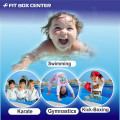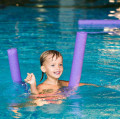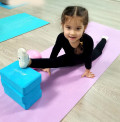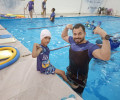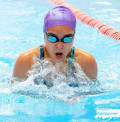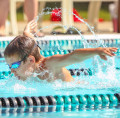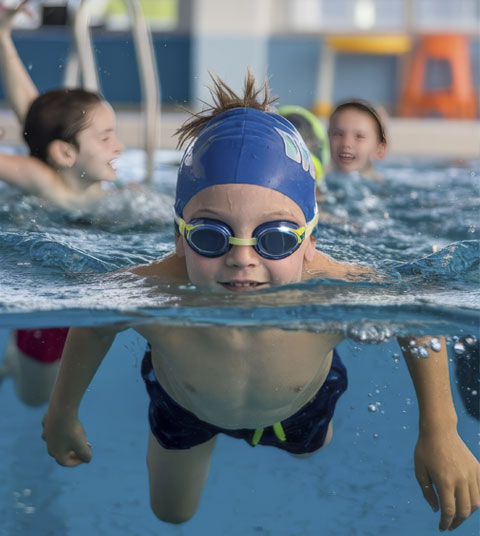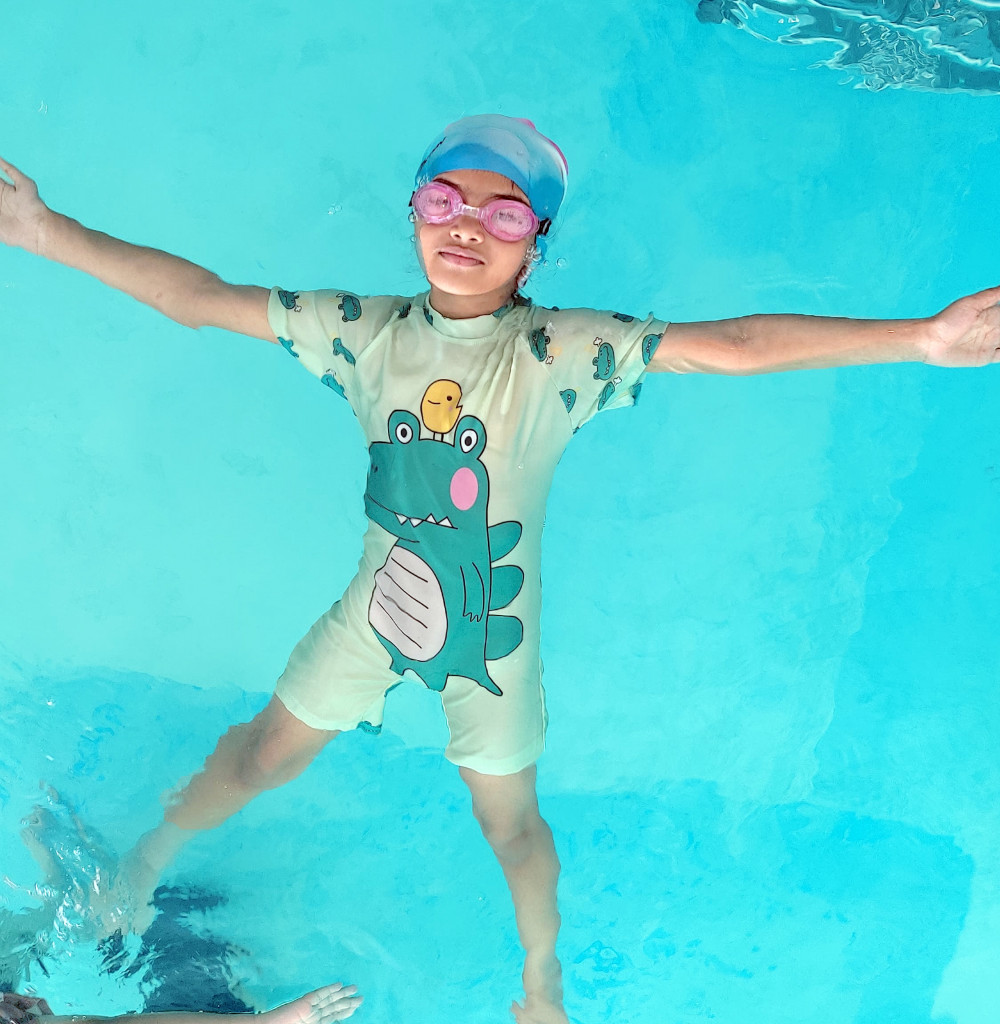
Understanding the Basics of Kids Swimming Backstroke and Standing in Water
2024-11-04 - swimmingIntroduction
Swimming is an essential life skill, offering both safety and health benefits, especially for children. Learning to swim at a young age can build confidence, improve coordination, and develop physical strength. This article focuses on two fundamental swimming skills for kids: the backstroke and standing in water. While the backstroke is a more advanced skill, standing in water helps children become comfortable and safe in various aquatic environments.
What Is the Backstroke?
The backstroke is a swimming technique where the swimmer floats on their back while moving through the water. Unlike other strokes, it allows swimmers to keep their face above water, making it easier to breathe. Teaching kids the backstroke can be particularly beneficial as it helps them develop balance, strength, and coordination while encouraging water comfort.
Benefits of Backstroke for Children
Learning the backstroke offers multiple advantages for children:
Builds Muscle Strength and Coordination: This stroke involves both arms and legs, promoting whole-body engagement, balance, and coordination.
Increases Water Confidence: As kids grow comfortable swimming on their backs, they feel more at ease in the water.
Promotes Water Safety: Knowing how to stay afloat and move in water can be crucial in emergency situations.
Key Techniques for Teaching Kids to Swim Backstroke
Teaching children to swim the backstroke requires a structured approach. Here’s a breakdown of essential techniques:
Body Positioning: Encourage kids to keep their bodies as flat as possible on the water’s surface, with only a slight tilt to their heads.
Arm Movements: Show them how to alternate their arms in a steady, windmill-like motion to propel them forward.
Kicking Techniques: Teach kids to use a gentle, rhythmic flutter kick to keep moving.
Body Position and Alignment in Backstroke
A flat body position is crucial for an effective backstroke. When children learn to keep their torsos straight, they reduce water resistance, allowing for smoother and more efficient movement. Encourage kids to avoid arching their backs or bending their knees too much, which can slow them down.
Head Positioning
Keeping the head aligned and relaxed can improve stability and reduce strain. A good rule of thumb is to look upward, allowing the body to float naturally on the surface.
Arm Movements and Coordination
Arm technique is essential in the backstroke. Kids should practice alternating their arms in wide, circular motions while avoiding overly bending the elbows. Consistent rhythm and smooth movements are key, as these help maintain balance and flow.
Kicking Techniques for Kids
The flutter kick is the primary kick used in backstroke. It’s a straightforward motion where kids use small, rapid movements of their legs to help propel them forward. Here are some tips for mastering the flutter kick:
Keep Legs Straight: Encourage kids to keep their legs straight, with only slight bending at the knees.
Practice Rhythm: A steady rhythm helps keep their bodies afloat and aligned.
Breathing and Relaxation During Backstroke
Since the face remains above water in backstroke, breathing becomes easier. Teach kids to relax and take deep breaths while they swim. Staying relaxed is essential, as tension can lead to improper form and fatigue.
How to Help Kids Develop Confidence in Water
Water confidence is foundational for swimming success. To build confidence, let children practice floating on their backs while you hold them. Gradually release support as they gain balance. Encourage them to trust the water to hold them up, which is vital in backstroke.
Understanding Standing Techniques in Water
While it may seem basic, learning to stand in water helps kids feel safe and comfortable. Standing still without floating requires a sense of balance and muscle control, which is especially useful for taking breaks during swimming lessons or if they ever feel tired.
How to Teach Kids to Stand in Water
Leg Positioning: Encourage kids to keep their feet shoulder-width apart for better stability.
Balanced Weight: Help them practice distributing their weight evenly across both legs. Gentle knee bending can also improve balance.
Safety Tips for Kids Learning Swimming and Standing
Safety is paramount when kids learn to swim and stand in water. Always ensure:
Adult Supervision: Never leave children unattended in or near water.
Proper Gear: Goggles, swim caps, and life vests can provide added comfort and safety.
Clear Pool Rules: Reinforce basic pool safety rules, such as no running or pushing near water.
Common Mistakes Kids Make While Swimming Backstroke and Standing
Learning backstroke and standing involves overcoming common mistakes. Kids may arch their backs, causing instability, or bend their knees too much, which slows them down. Correcting these errors early will help them develop good habits.
Games and Exercises for Practice
Making practice enjoyable can accelerate learning. Here are a few fun ideas:
Backstroke Races: Turn practice into a friendly competition to improve their speed and coordination.
Standing Balance Challenge: See who can stay balanced the longest without moving, helping them build control and stability.
Conclusion and Encouragement for Young Swimmers
Learning to swim is a journey, and it’s normal for children to take time to develop these skills. Backstroke and standing in water are excellent foundations for other strokes and help children grow more confident in aquatic environments. With consistent practice and encouragement, they can become proficient and enjoy all the benefits of swimming.
.


